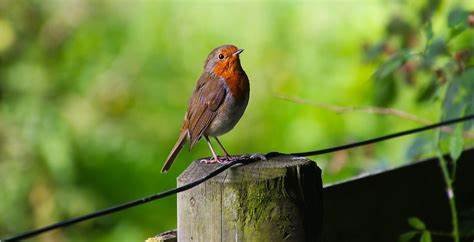Wildlife photography offers a unique way to capture the beauty of nature. If you want to start this exciting hobby, follow these essential steps. This guide covers the basics, from choosing the right equipment to mastering techniques for stunning wildlife images.
1. Choose the Right Equipment
Start by selecting a good camera. A DSLR or mirrorless camera with a fast autofocus system works well. Next, invest in a telephoto lens. A lens with a focal length of at least 300mm allows you to get close-up shots from a distance. Additionally, a sturdy tripod helps stabilize your camera and reduce camera shake.
2. Learn the Basics of Photography
Before heading into the wild, understand the basics of photography. Learn about exposure, aperture, and shutter speed. These settings control how light enters the camera and affects the image. Use manual mode on your camera to have full control over these settings. Practice adjusting them to suit different lighting conditions.

3. Research Your Subjects
To capture great wildlife photos, research the animals you want to photograph. Learn about their habits, habitats, and behaviors. This knowledge helps you anticipate their actions and position yourself accordingly. Understanding their routines increases your chances of capturing interesting and dynamic shots.
4. Practice Patience and Stealth
Wildlife photography requires patience. Animals often appear unexpectedly or take time to approach. Stay quiet and move slowly to avoid startling them. Use camouflage clothing or a blind to blend into your surroundings. Patience and stealth increase the likelihood of getting the perfect shot.
5. Pay Attention to Composition
Good composition makes a photo more engaging. Use techniques like the rule of thirds to place your subject off-center, creating a more balanced image. Frame your shots to include interesting backgrounds and foregrounds. Additionally, consider the animal’s behavior and surroundings when composing your shot.
6. Use the Right Settings
Adjust your camera settings based on the environment. In bright light, use a higher shutter speed to freeze motion and avoid blur. In low light, increase your ISO to capture more detail. Set your aperture to a lower f-stop to get a shallow depth of field, which highlights your subject while blurring the background.
7. Respect Wildlife and Their Habitats
Always prioritize the well-being of the animals you photograph. Avoid disturbing their natural behaviors or habitats. Keep a safe distance and never feed or attempt to handle wildlife. Respecting wildlife ensures they remain healthy and continues to thrive in their natural environments.
8. Edit Your Photos
After capturing your images, use photo editing software to enhance them. Adjust brightness, contrast, and sharpness to make your photos look their best. Crop images to improve composition or remove distractions. Editing helps bring out the details and colors in your wildlife photos.
9. Share and Learn
Share your wildlife photos with others through social media or photography forums. Join wildlife photography communities to receive feedback and learn from other photographers. Engaging with fellow enthusiasts can provide new perspectives and inspire you to improve your skills.
10. Keep Practicing
Wildlife photography is a skill that improves with practice. Continue to experiment with different techniques and settings. Visit various habitats and observe different animals to expand your portfolio. The more you practice, the better your wildlife photography will become.
Starting with wildlife photography can be rewarding and exciting. By choosing the right equipment, learning photography basics, and respecting wildlife, you can capture stunning images of the natural world. Remember, patience and practice are key. Enjoy the journey and the incredible moments you’ll capture along the way!








